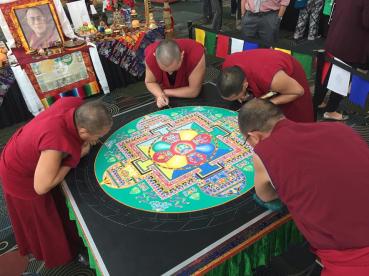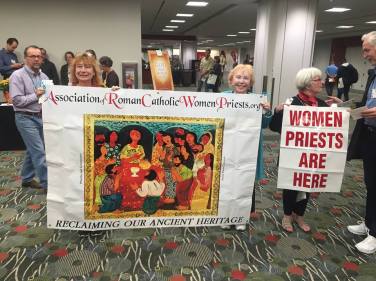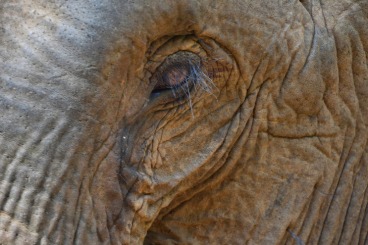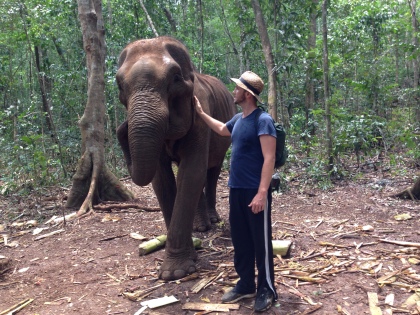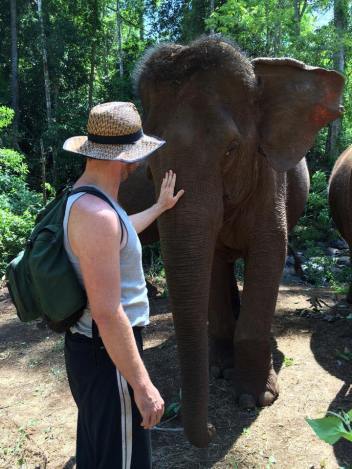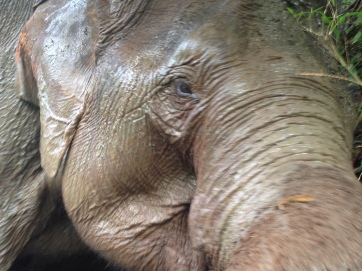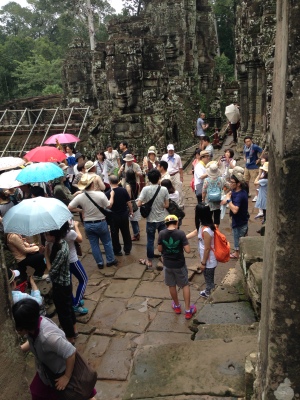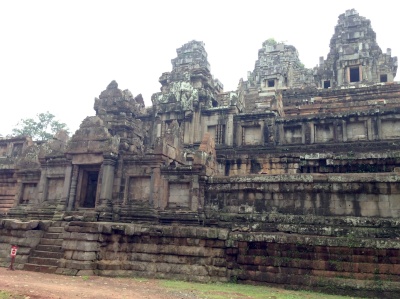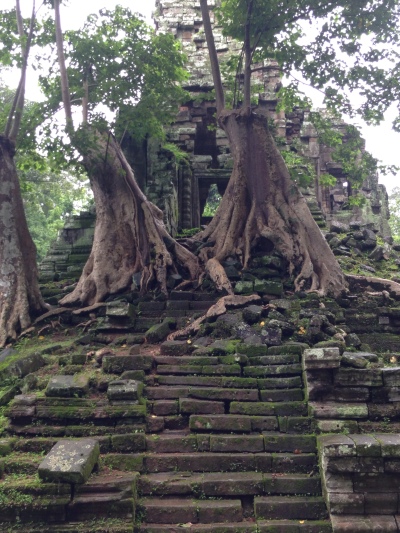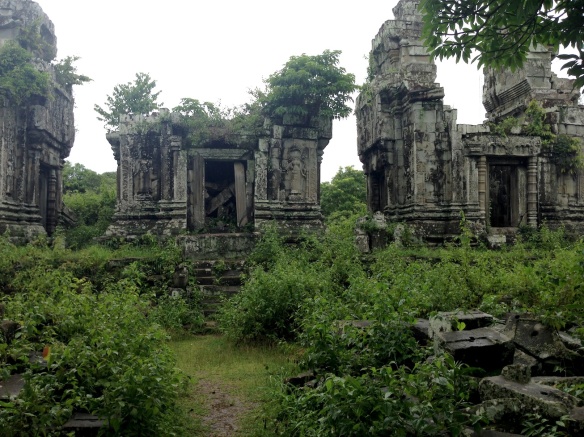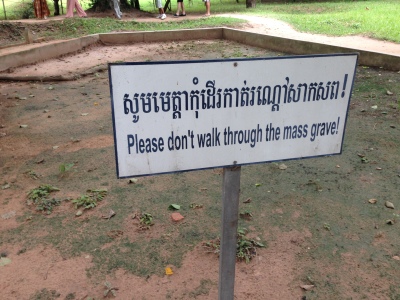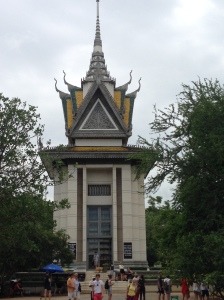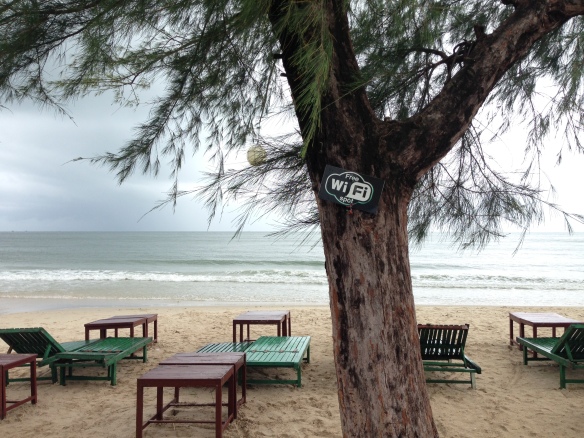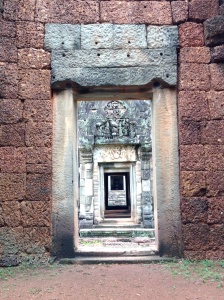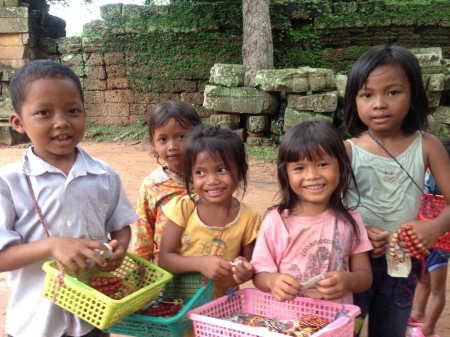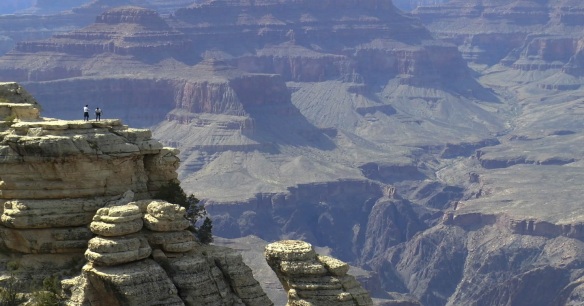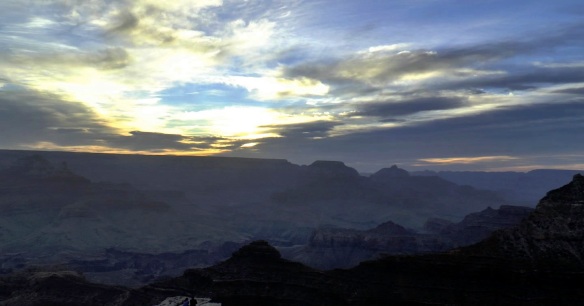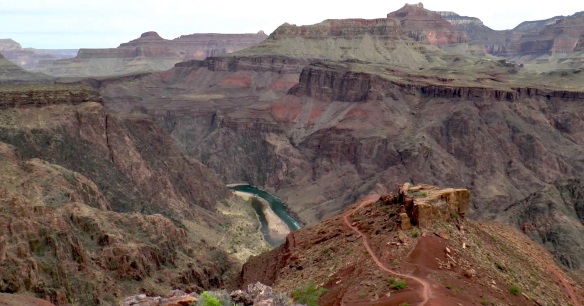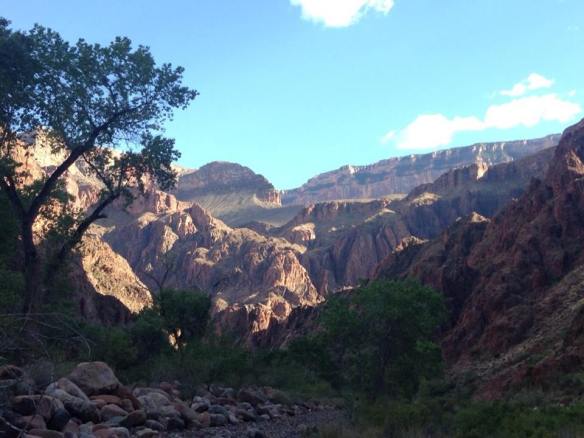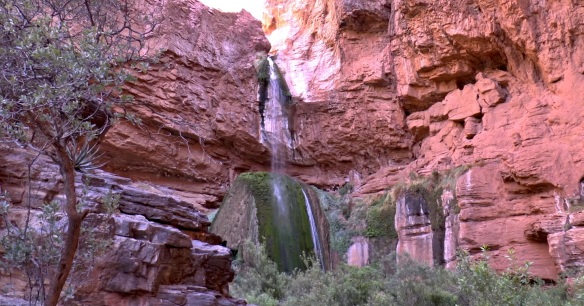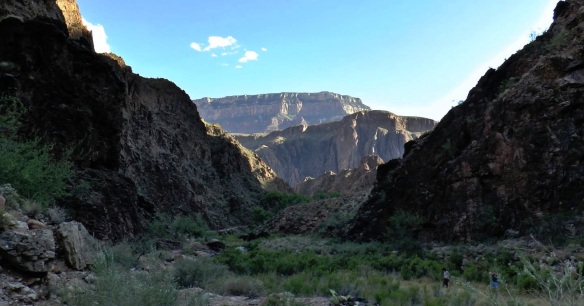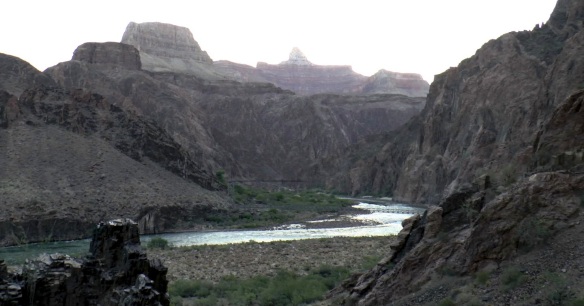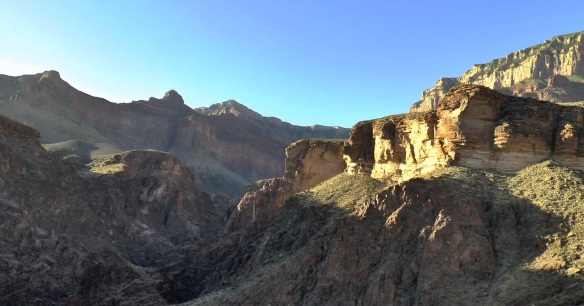Nothing gives me hope for the future of humanity and our beleaguered planet like the Parliament of World Religions. Nowhere else have I seen such good will, such passion for change, and such profound willingness to listen and dialog with those who see the world differently.
The mainstream stereotype that the world’s religions are somehow fundamentally opposed to each other – and opposed to science – is something of a modern myth. What is true is that the conservative-fundamentalist pole of the religious spectrum has been making the most noise in recent decades. This is made worse by a news media that hunts incessantly for bad news, for conflict and disagreement. The good works and progressive advocacy done by religious groups rarely makes it into our newsfeeds, and the result is that many secular Americans have a warped view of what religion is and what it can be.
And yet the stated goal of the Parliament of World Religions is thus: bringing the world’s religious traditions together to build a peaceful, just, and sustainable world. Day after day, session after session, from small meetings of a dozen attendees to enormous plenaries of thousands – the parliament has made a call to action on women’s rights, combating climate change, ending war, poverty, and income inequality, and empowering the indigenous peoples of the planet.
No doubt many readers inundated with mainstream media will find this description reminiscent of a fairy tale. After all, isn’t religion inherently dogmatic, sexist, homophobic, apocalyptic, and anti-environment? Actually, no – it is inherently none of those things. You’re thinking of fundamentalism.
Now, I don’t mean to deny for a moment the terrible damage that has been done by fundamentalist and patriarchal religion to our world. From burning witches at the stake to bans on gay marriage, from religious wars to rape of the natural world – the fundamentalists have much to answer for. It might also be argued that the progressive wing of the world’s religions have some responsibility for reigning in their fanatic brethren. It’s a fair point. But those who make this argument may still be lost in the fog of assuming all members of a particular faith are somehow the same.
Realistically, progressive believers don’t have control or influence over the fundamentalists any more than the Democratic Party has power to control or influence the Republican Party. There is tremendous segregation with most of the major belief systems in our world. While Christians fighting for LGBT rights may have some inroads to their conservative counterpoints, the fundamentalists are just as likely to consider the progressives traitors to the faith.
But times are changing. The Public Religion Research Institute has suggested that the “moral majority” of religious believers is trending increasingly toward progressive values. In the 21st century, religion may well become one of the most powerful forces for progressive change on planet Earth.
Of course, the fundamentalists aren’t going anywhere, and will likely only get louder as they become increasingly marginalized. But the progressive element of world’s religions have an ace in the hole that the fundamentalists lack: while fundamentalist traditions tend to attack and condemn each other, progressive faiths are willing to work together. Because progressive religion is more willing to accept a plurality of faith traditions, and more eager to tolerate differences, it is much easier for Hindu and Christian, Muslim and Jew, Buddhist and Pagan and Sikh, to form alliances and take action on the terrible plight of our planet. Furthermore, these believers are motivated to do so as an ethical injunction from a higher power. Peaceful resolution to conflict, fighting poverty and hunger, caring for the environment, empowering women and indigenous peoples – these are the values of a life lived from the heart of compassion, and these are the values of the Parliament of World Religions.
There is tremendous energy here, and tremendous potential for good.
Building Bridges or Taking Action?
Lest this seem like a one-sided endorsement, I want to acknowledge some of difficulties already being navigated by the Parliament. The original emphasis of the interfaith movement was on listening and dialog – building bridges and peaceful alliances with those who see the world very differently. The idea was to create a space for safe, respectful dialog where people could openly state their thoughts, feelings, and beliefs, and thus learn about each other rather than cast judgments from afar.
When done properly, this practice has a world-expanding effect for everyone involved. Whole new cultures and possibilities come alive. And because nobody is proselytizing or making exclusive claims to the truth, the entire world grows richer, and individuals come to appreciate the unique beauty of their own tradition all the more.
Just one example of this mindset at the 2015 parliament was demonstrated during a panel discussion on accepting and affirming the LGBT community in the evangelical church. The panelists were all young evangelical Christians, all gay or bisexual, and all deeply committed both to their church, and to the fight for LGBT rights. As these brave young men have worked with churches around the country struggling to reform, they have found that the only way a congregation comes through such a process without dividing is when emphasis is placed on actual human-to-human contact and listening. Everybody has to have their say – even the ones whose hearts are full of anger and fear. Only when everyone has a voice can everyone be listened to, and only when everyone is listened to do bridges begin to form from one heart to another. And indeed, the LGBT community is gaining ground, slowly but surely, as the evangelical church evolves.
At the same time, we must acknowledge that there will always be churches and religious believers that will not evolve – they will remain stubbornly stuck in their rigid dogmas, anti-gay, anti-women, anti-environment, anti-interfaith. Other than tough love, I’m not sure what’s to be done about that situation. We can extend olive branches, we can listen, we can hold them in our hearts with compassion, and all the while stay true to our principles of what we know to be right. We continue to do the difficult work of building bridges, knowing that some individuals and groups will never cross.
So what are the difficulties I alluded to? This year the parliament convened in Salt Lake City after a 6 year break, and what appeared to my eyes to be a marked shift in emphasis. While the 2009 Parliament in Melbourne Australia did not shy away from issues of climate change, war, and gender equality, the main purpose was dialog, listening and bridge building among diverse faiths. At that parliament we were addressed by the Dalai Lama, who admonished us for too much talk and too little action. The organizers of the event, it seems, took that to heart, and in 2015 the call to action went through the roof. As a progressive, I was thrilled and moved to tears on more than one occasion. For the first time in a long time, I saw that humanity’s future could be bright.
But it can be hard to take decisive action and build bridges at the same time. On the morning of the first day, I was walking with my father to the convention center and we were joined by a young Mormon republican. My father cracked a light-hearted joke that she would be the only republican at the conference, and she quickly moved away from us. My heart goes out to that young woman – she was showing up to have the conversation, and felt alienated before she even walked in the door.
I have no doubt that similar scenarios played out a thousand times over the course of the convention. When the Parliament leadership takes the position that climate change is real and deadly and we must act on it immediately, it is great for motivating the progressive base – and instantly alienating to those attendees who have been taught that climate change is a liberal hoax. My fear is that those people will slip quietly out the back door – the opportunity for dialog is lost, and with it, the bridge collapses and the tent grows smaller.
This is one small example, but it is not hard to imagine the plethora of issues where an assumption of uniform shared values could begin to drive away diverse (if difficult) perspectives. The Parliament risks becoming less pluralistic and less inclusive the more it takes a firm progressive stance. It becomes not the Parliament of World Religions so much as the Parliament of Progressive Religions. Given the critical state of our planet, that might well be a worthwhile trade.
But even in making this move, we must be mindful that we do not give up too much – that we still hold firm to the principle of listening to the other side. That even in our call to action, we allow our world and our hearts to expand as we listen deeply to challenging perspectives that we have trouble understanding. Heart-centered action is crucial – the world needs it now like never before. But action without listening is folly. The more we act, the more deeply we must listen.
A Bigger World
Ideology and politics aside, I am filled to the brim with gratitude for the experience. It is not hyperbole when I claim that these kinds of dialogs between diverse cultures and faiths expand the world – it is a joyful, existential reality. Perhaps because the stories and ideas and beliefs range from the aesthetic and cultural to cosmic and philosophical, the whole of reality seems to open just a bit, to breathe in the cool invigorating air of possibility.
But even moreso, it is the experience of being among a massive throng of people who do not see their differences in belief as an excuse for divisiveness and hatred. To see so many humans sharing and listening, learning and growing, and agreeing that above all, we must care for each other and for the earth – this is our species at its best. None of us are perfect – we are all evolving, and there is great work yet to be done. But here, at the Parliament, I see just how bright the future might be.
The Parliament of World Religions convenes again in just two years, somewhere on planet Earth. May it continue to grow.
Questions? Concerns? Disagreements? I would love to hear your thoughts in the comments section below!


